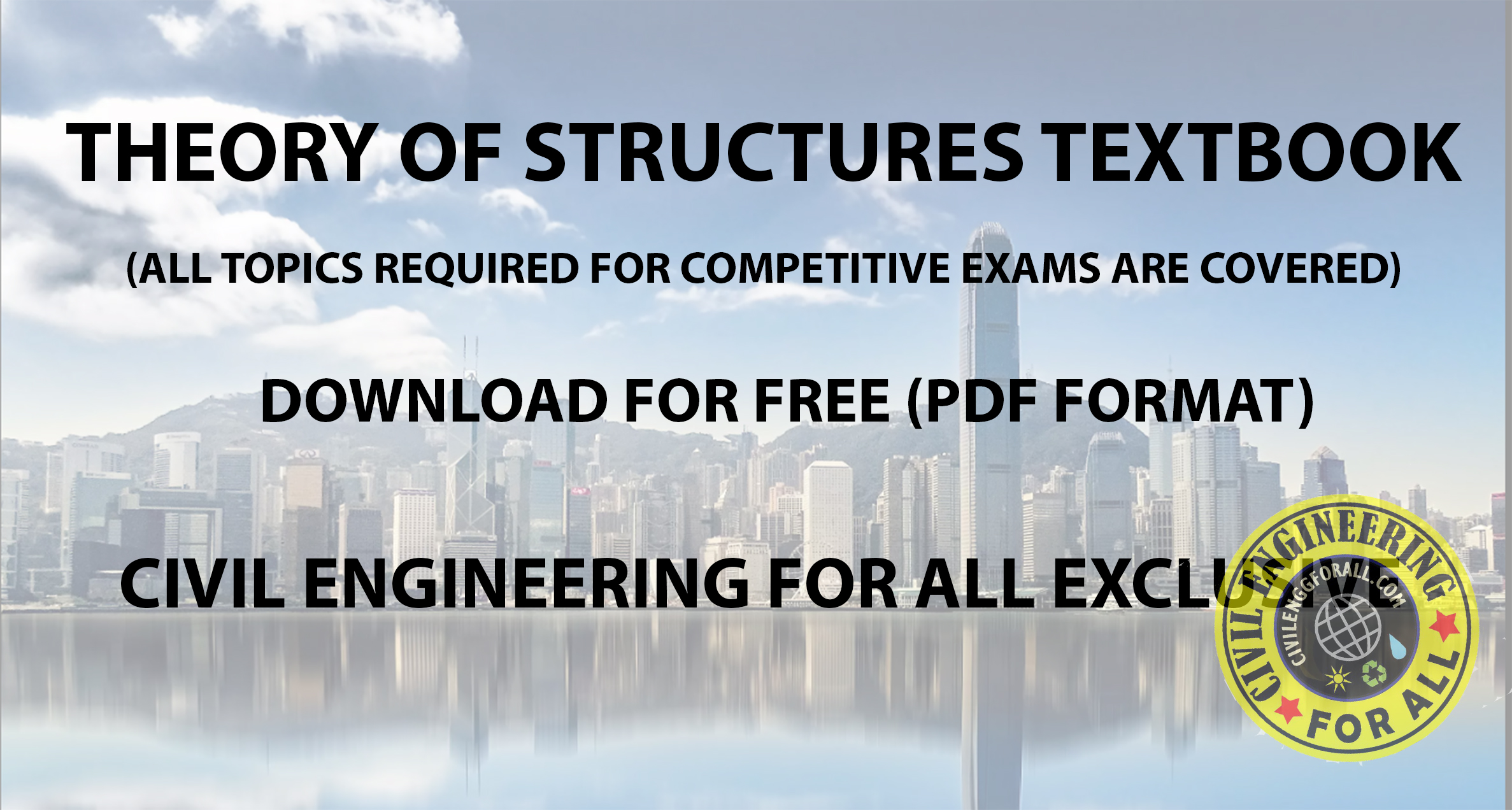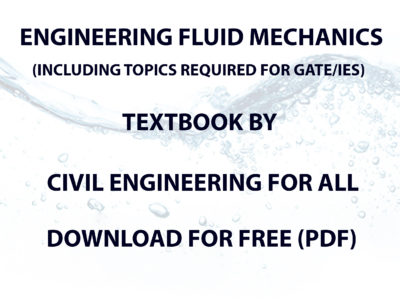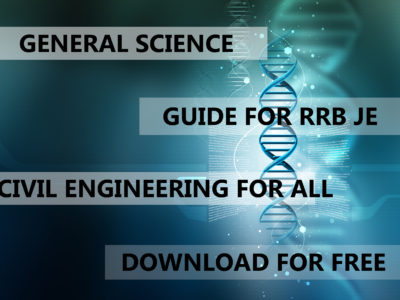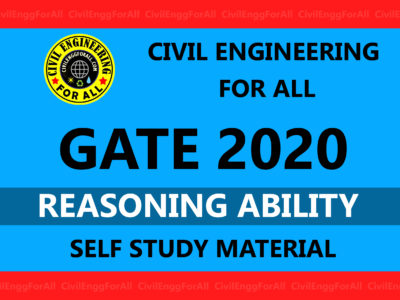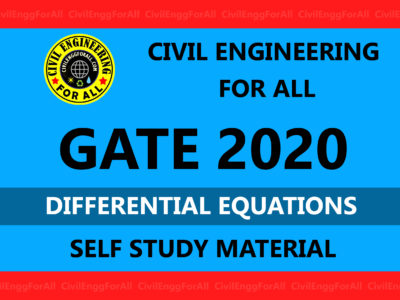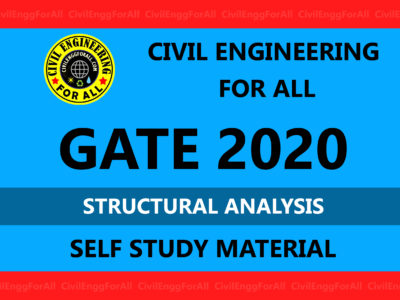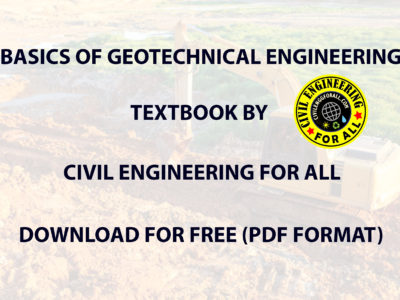
TOPICS COVERED
- ELEMENTS OF PLANE STATISTICS
- CONCURRENT FORCES IN A PLANE
- THREE FORCES IN EQUILIBRIUM
- EQUATIONS OF EQUILIBRIUM
- INTERNAL FORCES
- FUNICULAR POLYGON
- APPLICATIONS OF THE FUNICULAR POLYGON
- FUNICULAR CURVES FOR DISTRIBUTED FORCE
- FLEXIBLE SUSPENSION CABLES
- GRAPHICAL CONSTRUCTION OF BENDING MOMENT DIAGRAMS
- PRINCIPLE OF VIRTUAL DISPLACEMENTS
- STATICALLY DETERMINATE PLANE TRUSSES
- SIMPLE TRUSSES
- REACTIONS
- METHOD OF JOINTS
- MAXWELL DIAGRAMS
- METHOD OF SECTIONS
- COMPOUND TRUSSES
- GENERAL THEORY OF PLANE TRUSSES
- COMPLEX TRUSSES
- HENNEBERG’S METHOD
- METHOD OF VIRTUAL DISPLACEMENTS
- INFLUENCE LINES
- INFLUENCE LINES FOR BEAM REACTIONS
- INFLUENCE LINES FOR SHEARING FORCE AND BENDING MOMENT
- GIRDERS WITH FLOOR BEAMS
- INFLUENCE LINES FOR THREE HINGED ARCH RIBS, SIMPLE TRUSSES AND COMPOUND TRUSSES
- STATICALLY DETERMINATE SPACE STRUCTURES
- CONCURRENT FORCES IN SPACE
- SIMPLE SPACE TRUSSES : METHOD OF JOINTS
- STATICALLY DETERMINATE CONSTRAINT OF A RIGID BODY IN SPACE
- COMPOUND SPACE TRUSSES : METHOD OF SECTIONS
- GENERAL THEORY OF STATICALLY DETERMINATE SPACE TRUSSES
- ANALYSIS OF COMPLEX SPACE TRUSSES
- HENNEBERG’S METHOD
- GENERAL THEOREMS RELATING TO ELASTIC SYSTEMS
- STRAIN ENERGY IN TENSION, TORSION AND BENDING
- PRINCIPLE OF SUPERPOSITION
- STRAIN ENERGY IN GENERALIZED FORM
- CASTIGLIANO’S FIRST THEOREM
- CASTIGLIANO’S SECOND THEOREM
- THEOREM OF LEAST WORK
- THE RECIPROCAL THEOREM
- DEFLECTION OF PIN-JOINTED TRUSSES
- APPLICATIONS OF CASTIGLIANO’S THEOREM
- MAXWELL-MOHR METHOD OF CALCULATING DEFLECTIONS
- GRAPHICAL DETERMINATION OF TRUSS DEFLECTIONS
- METHOD OF FICTITIOUS LOADS
- ALTERNATIVE METHOD OF FICTITIOUS LOADS
- STATICALLY INDETERMINATE PIN-JOINTED TRUSSES
- GENERAL CONSIDERATIONS
- TRUSSES WITH ONE REDUNDANT ELEMENT
- TRUSSES WITH SEVERAL REDUNDANT MEMBERS
- ASSEMBLY AND THERMAL STRESSES IN STATICALLY INDETERMINATE TRUSSES
- INFLUENCE LINES FOR STATICALLY INDETERMINATE TRUSSES
- STATICALLY INDETERMINATE SPACE STRUCTURES
- ARCHES AND FRAMES
- INTRODUCTION
- SYMMETRICAL TWO-HINGED ARCHES
- SYMMETRICAL HINGELESS ARCHES
- NUMERICAL CALCULATIONS OF REDUNDANT ELEMENTS
- FUNICULAR CURVE AS THE CENTER LINE OF AN ARCH
- UNSYMMETRICAL ARCHES
- FRAMES WITHOUT HINGES
- FRAMES WITH HINGES
- EFFECTS OF TEMPERATURE CHANGES AND SUPPORT SETTLEMENT
- RINGS
- CONTINUOUS BEAMS AND FRAMES
- SLOPE-DEFLECTION EQUATIONS
- BEAMS WITH FIXED ENDS
- CONTINUOUS BEAMS
- BEAMS OF VARIABLE CROSS SECTION
- CONTINUOUS FRAMES WITH PRISMATIC MEMBERS
- MOMENT-DISTRIBUTION METHOD
- ANALYSIS OF BUILDING FRAMES
- FRAMES WITH NON PRISMATIC MEMBERS
- MATRIX METHODS IN STRUCTURAL ANALYSIS
- FORCE AND DEFORMATION METHODS
- ELEMENTS OF MATRIX ALGEBRA
- APPLICATION OF MATRIX METHODS TO PLANE TRUSSES
- MATRIX ANALYSIS OF CONTINUOUS BEAMS
- MATRIX TREATMENT OF ARCHES AND FRAMES
- MATRIX ANALYSIS OF CONTINUOUS FRAMES
- SUSPENSION BRIDGES
- PARABOLIC FUNICULAR CURVE
- DEFLECTION OF UNSTIFFENED SUSPENSION BRIDGES
- FUNDAMENTAL EQUATIONS AND STIFFENED SUSPENSION BRIDGES
- ANALYSIS OF STIFFENING TRUSSES
- APPLICATION OF TRIGONOMETRIC SERIES IN CALCULATING DEFLECTIONS
- THREE-SPAN SUSPENSION BRIDGE WITH SIMPLY SUPPORTED STIFFENING TRUSSES
- THREE-SPAN SUSPENSION BRIDGE WITH CONTINUOUS STIFFENING TRUSS
- STIFFENING TRUSS OF VARIABLE CROSS SECTION
- STRUCTURAL DYNAMICS
- FREE VIBRATIONS : ONE DEGREE OF FREEDOM
- BAYLEIGH’S METHOD
- FORCED VIBRATIONS IN STEADY STATE
- GENERAL CASE OF A DISTURBING FORCE
- NUMERICAL INTEGRATION
- GRAPHICAL INTEGRATION
- STATICAL AND DYNAMIC STRESSES IN RAILS
- LATERAL VIBRATIONS OF PRISMATIC BEAMS
- VIBRATION OF BRIDGES
- STRUCTURES SUBJECTED TO EARTHQUAKES
THEORY OF STRUCTURES INTRODUCTION
A structure (from the Latin struere) is anything built: say an arched bridge or cathedral from stone; a ship or a roof (and perhaps a spire) from timber; an earth dam or an excavation in soil for a fortification; or (as isolated usages) iron bars (in China first) or vegetable ropes to form suspension chains in bridges. Before the Renaissance all these structures were built without calculation, but not without theory’, or what today would be called a code of practice.

STRUCTURAL ANALYSIS IES MASTER GATE STUDY MATERIAL CLICK HERE
Mignot’s statement in 1400, at the expertise held in Milan, that ars sine scientia nihil est (practice is nothing without theory), testifies to the existence of a medieval rule-book for the construction of cathedrals: the few pages of a builder’s manual bound in with the book of Ezekiel in about 600 BC show that there were yet earlier rules. These rules, for construction in the two available materials, stone and wood, were essentially rules of proportion and, as such, are effectively correct Stresses in ancient structures are low, and this has helped to ensure their survival. The stone in medieval cathedral, or in the arch ring of a masonry bridge, is working at a level of one or two orders of magnitude below its crushing strength. Similarly, deflexions of such structures due to loading are negligibly small (although the movements imposed by warping of the material or by slow movements of foundations may often be seen).
STRUCTURAL ANALYSIS ACE GATE MATERIAL : CLICK HERE
What is necessary is that ancient structures should be of the right form; a lying buttress must be of the right shape, an arch ring must have a certain depth, and a river pier must have a minimum width. Correct form is a matter of correct geometry, and the ancient and medieval rules of proportion were established empirically to give satisfactory designs The introduction two centuries ago of iron. and then steel, as a structural material generated new structural forms, such as the large-span lattice girder. or truss, and the high-rise framed building; and the advent of reinforced concrete made possible such attenuated construction as the thin shell roof These ‘modern’ structures work their materials harder than earlier buildings in stone and wood: a slender steel truss will have ambient stresses which are a sensible proportion of the yield stress (say one half or more).
Further, higher stresses will lead to larger elastic deformations of the components of the structure; these may be small in themselves, but overall deformations may now be of importance. This higher performance, coupled with the increase in complexity of structural form, dictated the need for a structural theory no longer based on empirical rules of proportion could assess whether or not a particular construction would fulfil its design – a theory which criteria. There are three main criteria which must be satisfied if a structure is to be successful (and a large number of other minor criteria that the modern designer will also take into account); they are those of strength, stiffness and stability.
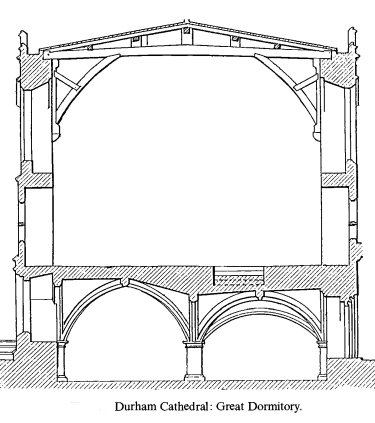
The homely example of a four-legged table may make clear the three aspects of performance that are being examined. The legs of the table must not break when a (normal) weight is placed on top, and the table top itself must not deflect unduly, (Both these criteria will usually be satisfied easily by the demands imposed by criterion may be manifest locally, or overall. If the legs of the table are slender, they may buckle when the overall load on the table is increased a dinner party.) Finally, the stability Alternatively, if the legs are not at the four corners, but situated so that the top overhangs them, then placing a heavy weight near an edge may result in the whole table overturning.
STRUCTURAL ANALYSIS MADE EASY GATE NOTES : CLICK HERE
The Virtual Work
The theory of structures deals with the mechanics of slightly deformable bodies. The ‘slight deformations are such that, viewed overall, the geometry of the structure does not appear to alter, so that, for example, equilibrium equations written for the original structure remain valid when the structure is deformed. A familiar example for pin-jointed trusses arises in the resolution of forces at nodes; the inclinations of the bars are assumed to remain fixed with respect to a set of reference axes. For beams and frames, deflexions within the length of a member are ‘small’ compared with the length of that member, and so on.

STRUCTURAL ANALYSIS ACE GATE NOTES : CLICK HERE
The equation of virtual work is altered profoundly when the body being studies suffers slight deformations. Not only will external forces acting On the body be involved; account must somehow be taken of the internal forces in equilibrium with those external forces. In the general application of the equation of virtual work, full use is made of the implication of the words in equilibrium with; the internal forces may be any one of the (infinitely many) sets which satisfy the equilibrium equations.
THEORY OF STRUCTURES TEXTBOOK CIVILENGGFORALL
DOWNLOAD LINK : CLICK HERE
PASSWORD : CivilEnggForAll
OTHER USEFUL BOOKS
- RAJASTHAN STAFF SELECTION BOARD (RSSB) JUNIOR ENGINEER DIPLOMA CIVIL ENGINEERING EXAM 2022 – HINDI & ENGLISH MEDIUM SOLVED PAPER – FREE DOWNLOAD PDF (CivilEnggForAll.com)
- ISRO TECHNICAL ASSISTANT EXAM 2022 – CIVIL ENGINEERING – HINDI & ENGLISH MEDIUM – SOLVED PAPER – FREE DOWNLOAD PDF (CivilEnggForAll.com)
- MADHYA PRADESH PUBLIC SERVICE (MPPSC) COMMISSION – ASSISTANT ENGINEER EXAM – MPPSC AE 2021 CIVIL ENGINEERING – SOLVED PAPER WITH EXPLANATIONS – PDF FREE DOWNLOAD
- BIHAR PUBLIC SERVICE COMMISSION (BPSC) ASSISTANT ENGINEER EXAM – 2022 – CIVIL ENGINEERING – SOLVED PAPER – FREE DOWNLOAD PDF (CivilEnggForAll.com)
- ODISHA PUBLIC SERVICE COMMISSION – OPSC AEE PANCHAYATI RAJ EXAM 2021 – SOLVED PAPER WITH EXPLANATION – FREE DOWNLOAD PDF

